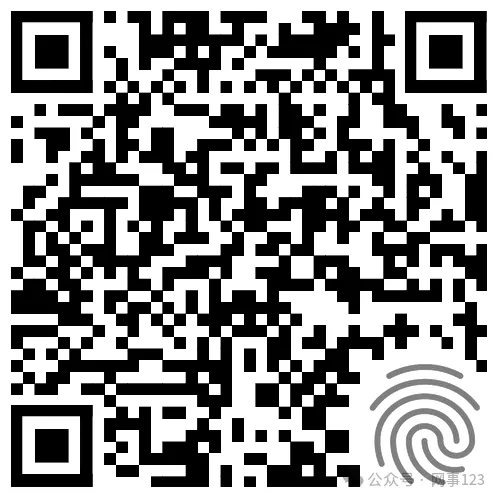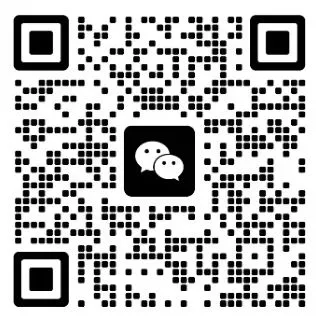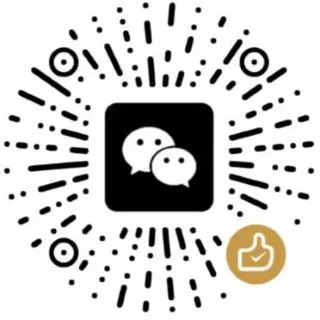Note: Please be aware that there is a resource download method at the end of the article. Please download and save it as soon as possible to avoid deletion!
MQTT IoT Platform
In the world of the Internet of Things (IoT), the choice of communication protocol is crucial. Today, we will discuss a very popular protocol—MQTT (Message Queuing Telemetry Transport). If you are interested in IoT, you definitely cannot miss it! 😄
What is MQTT?
MQTT is a lightweight messaging protocol designed specifically for constrained devices and low-bandwidth, high-latency, or unreliable network environments. In simple terms, it acts like a “messenger” responsible for transmitting information between devices.
- Lightweight: Consumes minimal resources, suitable for embedded devices.
- Publish/Subscribe Model: Devices do not need to connect directly but communicate through topics.
- Cross-Platform Support: Whether it’s a Raspberry Pi or a smartphone, MQTT can be used.
In one sentence: MQTT is the “bridge” in the IoT world, making communication between devices simple and efficient! ✨
Why Choose MQTT?
In the IoT field, there are many protocols to choose from, such as HTTP, CoAP, etc. But why is MQTT so popular?
-
Low Power Consumption
For battery-powered devices, saving energy is very important. MQTT significantly reduces power consumption by minimizing packet size and optimizing communication processes. 🔋 -
Reliability
MQTT supports three levels of Quality of Service (QoS):- QoS 0: At most once (best effort).
- QoS 1: At least once (ensures message delivery).
- QoS 2: Exactly once (ensures message is delivered uniquely).
This flexibility allows developers to choose the appropriate level of reliability based on their needs.
-
High Scalability
Whether it’s a small project or a large-scale deployment, MQTT can easily handle it. 🌍 -
Community Support
MQTT has been developed for many years, with a large user base and abundant development resources. When encountering problems, solutions can always be found! 💡
How MQTT Works
MQTT uses a publish/subscribe model, which differs from the traditional client/server model. Here’s a simple example to illustrate:
Suppose you have a smart home system that includes a temperature sensor, light controller, and mobile application. They can communicate in the following way:
- Temperature Sensor publishes the current temperature to the topic
home/livingroom/temperature. - Mobile Application subscribes to this topic and will automatically receive and display new data.
- If you want to control the lights, you can send a command to the topic
home/livingroom/lightfrom your mobile, and the light controller will listen to that topic and execute the operation.
The benefit of this model is that devices do not need to connect directly, reducing coupling and making it easier to scale. 👍
Key Concepts of MQTT
Before using MQTT, we need to understand several core concepts:
-
Broker
The broker is the core component of MQTT, responsible for managing connections and message routing for all devices. You can think of it as a “post office” where all messages are transmitted through it. 📦 -
Topic
A topic is a classification identifier for messages, similar to an address for mail. For example,home/kitchen/humidityindicates information related to kitchen humidity. -
Client
A client can be any device or application that supports the MQTT protocol. They can publish messages, subscribe to topics, or do both. -
Retained Message
What if a device just came online but missed previous updates? No worries, MQTT allows for retained messages, so new devices can immediately get the latest status information. 🔄
How to Set Up an MQTT Platform?
Setting up an MQTT IoT platform is not complicated. Here are a few steps:
1. Choose a Broker
There are many open-source MQTT brokers available, such as:
– Mosquitto: Lightweight, suitable for small projects.
– EMQX: Powerful, supports large-scale cluster deployments.
– HiveMQ: Enterprise-level solution with excellent performance.
Choose the appropriate broker based on your needs.
2. Configure the Client
Most programming languages have MQTT library support, such as Python’s paho-mqtt, JavaScript’s mqtt.js, etc. With just a few lines of code, you can implement basic functionality.
import paho.mqtt.client as mqtt
def on_connect(client, userdata, flags, rc):
print("Connected with result code " + str(rc))
client.subscribe("home/livingroom/temperature")
def on_message(client, userdata, msg):
print(f"Received message: {msg.payload.decode()} from topic {msg.topic}")
client = mqtt.Client()
client.on_connect = on_connect
client.on_message = on_message
client.connect("broker.hivemq.com", 1883, 60)
client.loop_forever()The above code demonstrates how to connect to a broker and subscribe to a topic. Isn’t it simple? 😊
3. Testing and Optimization
In practical applications, you may need to consider security, performance optimization, and other issues. For example:
– Use TLS encryption to protect communication.
– Set usernames and passwords to restrict access.
– Monitor the broker’s status to ensure stability.
Applications of MQTT
The flexibility of MQTT allows it to be applied in almost any IoT scenario. Here are some common examples:
- Smart Home: Control lights, air conditioning, curtains, and other devices.
- Industrial Monitoring: Real-time data collection from production lines.
- Agricultural Automation: Monitor soil moisture, temperature, and other environmental parameters.
- Vehicle Networking: Data exchange between vehicles and the cloud.
- Healthcare: Remote monitoring of patients’ vital signs.
No matter the scale of your project, MQTT can provide reliable solutions. 🌟
Frequently Asked Questions
Q1: What is the difference between MQTT and HTTP?
HTTP is a request/response model suitable for interactions between browsers and servers; whereas MQTT is a publish/subscribe model, more suitable for continuous communication between devices.
Q2: Is MQTT secure?
By default, MQTT communication is transmitted in plain text. For higher security, TLS encryption can be enabled along with authentication mechanisms.
Q3: What programming languages does MQTT support?
Almost all mainstream programming languages support MQTT, including Python, Java, C++, JavaScript, etc.
I hope this article helps you better understand MQTT and its applications in IoT! If you have any questions or thoughts, feel free to leave a comment and discuss! 😊
Resource Download: |
Add me on WeChat: |
Support me: |
Writing is not easy, thank you for liking and sharing, may good people have peace for a lifetime~~~